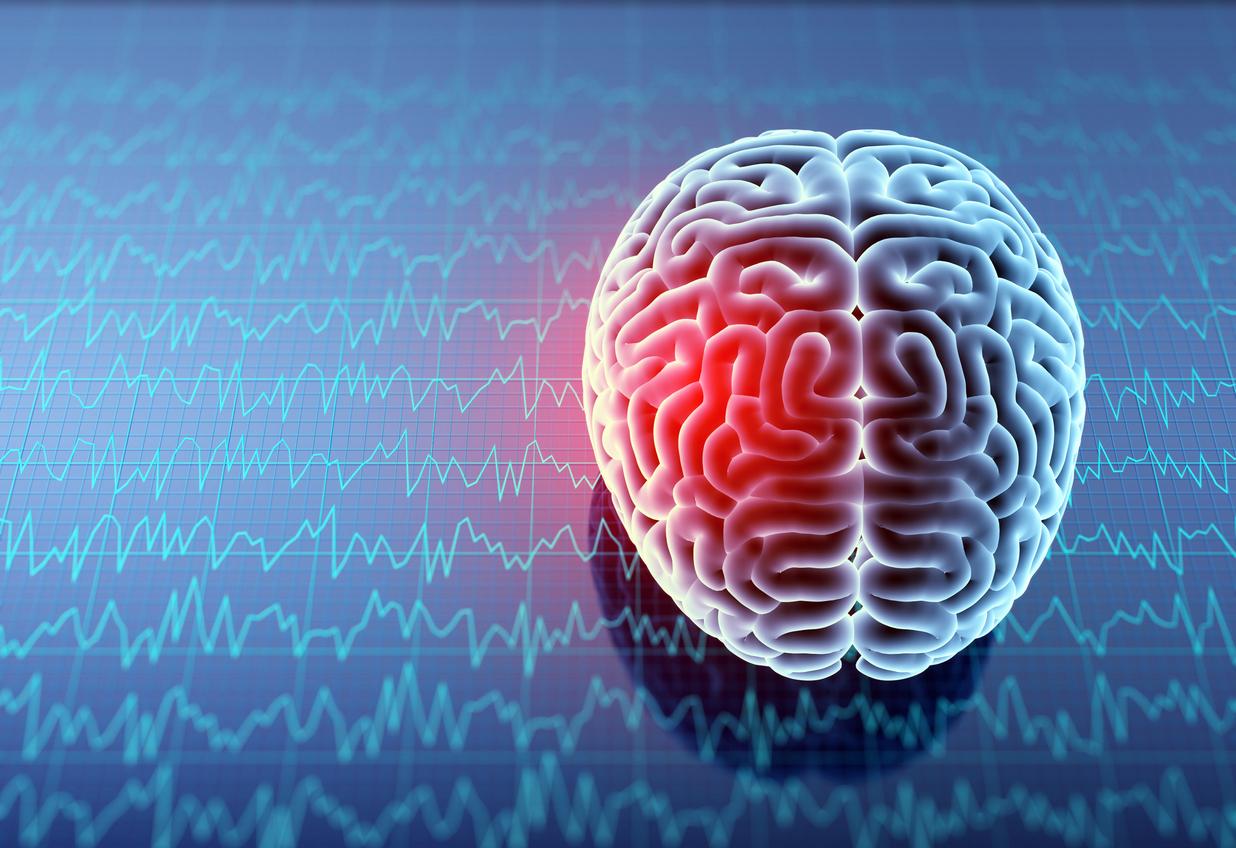Researchers have found that electrical impulses in the ear reduce chronic pain.

- The researchers succeeded for the first time in studying in detail the spatial arrangements of the nerve fibers and blood vessels of the ear to place the stimulation electrodes.
- They managed to calculate the strength and shape of the electrical signals sent.
By dissecting the human ear through a microanatomical study, researchers have managed to create a computer model to precisely target the optimal spots to relieve pain using electrical impulses. In this study, published in the journal Frontiers in Neuroanatomy, the scientists targeted the vagus or vagus nerve. It is of great importance for various bodily functions and in particular the perception of pain. Therefore, much research has focused on how the vagus nerve can be effectively and gently stimulated with special electrodes.
A revolutionary technique
Austrian researchers studied the microanatomy of the branches of the vagus nerve in the ear. They then made a 3D computer model to calculate the optimal stimulation of nerve branches using tiny needle-like electrodes. The biggest challenge at this stage for the researchers is to attach the electrodes to exactly the right place. “It is important not to touch any blood vessels and the electrodes must be placed exactly the right distance from the nervesays Eugenijus Kaniusas, electrical engineer who participated in the study. If the electrode is too far away, the nerve is not stimulated at all. If it is too close, the signal is too strong, resulting in nerve blockage. The nerve can become fatigued over time and eventually stop sending signals to the brain.”
This is the first time that researchers have managed to study in detail the spatial arrangements of nerve fibers and blood vessels in the ear. Cross-sectional images of tissue samples were photographed in high resolution and then combined into a three-dimensional computer model. “Blood vessels can be made clearly visible in patients by passing light through the earsays Professor Wolfgang J. Weninger. The nerves, however, cannot be seen. Our microanatomical measurements on donated human bodies now tell us exactly where nerves pass in relation to blood vessels, as well as the average distance between blood vessels and nerves at certain important positions in the ear. This helps us find the right place to place the stimulation electrodes.”
Certain efficiency
Once they figured out where the researchers were going to send the electrical signals, they calculated the strength and shape of those signals. “In our computer simulation, it was shown for the first time that from a biophysical point of view a three-phase signal model should be useful, similar to what is known from energy engineering but with a much larger magnitude. weakerexposes Eugenijus Kaniusas. Three different electrodes each deliver oscillating electrical pulses that are not synchronized. There must be a specific deadline.”
The result of these stimulations showed great efficacy on patients suffering from chronic pain. “Vagus nerve stimulation is a promising technique, the effect of which has been validated with our new findings and is now further improvedobserves Eugenijus Kaniusas. Vagus nerve stimulation is often a lifesaving option, especially for people with chronic pain who have already been treated with other methods and are no longer responding to medication.”
.















